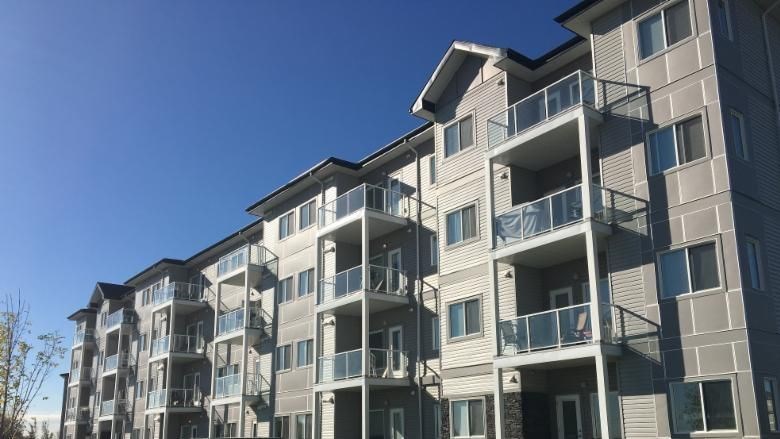The easiest way today to make commercial brokers in Vancouver smile is to ask them if they have a property for sale with a capitalization rate of 5 per cent or higher. You will glean a grin not because they are happy they will earn a commission but because you basically just asked them if they’ve ever seen a unicorn.
This is not unusual by any means, nor is it exclusive to Vancouver. For the past two decades, markets across North America have experienced a steady decline in cap rates in all real estate sectors. Industrial, multi-family, office and retail have all seen values increase as their cap rates compressed.
What fundamentals are at play and what can we expect moving forward?
The combination of interest rates remaining historically low and institutional investors increasing their real estate allocations has contributed to large sums of capital fighting for property. Because deep-pocketed investors have found it hard to maintain strong yields through more traditional investments, many have turned to private real estate.
From pension funds and real estate investment trusts to family offices and university endowments, many have set up their own in-house investment team to increase the number of properties in their portfolio.
A market filled with expertise and capital means the competition for well-performing assets is fierce.
As one consultant recently described at the Vancouver Real Estate Forum, “for every dollar in real estate, there are twelve dollars chasing it”.
This increased competition in the market helps to inflate asset prices while net operating income (NOI) remains relatively flat. Because cap rates measure an asset’s investment return based on its yield, an investor purchasing a property for a higher price without improving NOI is effectively decreasing the property’s cap rate.
Thus it is no surprise that since 2000, both the U.S. and Canada have seen cap rates decrease an average total of 400 basis points, according to recent reports by CBRE and RCLCO, both real estate advisory firms.
Pullback
Ultimately, the only certainty is things hardly stay the same for long. While it has been a clear trend in recent years that cap rates would compress further, evidence of that continuing is starting to diminish.
The same report by RCLCO indicates the increased potential for a stabilization or slow upward trend on cap rates in the next few years. While increasing volumes of sophisticated institutional capital and decreasing interest rates contributed to inflated asset prices, RCLCO noted that these two factors are likely not going to continue.
We cannot expect institutional groups to continue increasing their real estate portfolio allocations indefinitely; there is only so much their mandates would allow. The recent decrease in real estate allocation by the Norwegian sovereign wealth fund (one of the largest pools of investment capital globally) might suggest that institutions are already reconsidering their position.
As for interest rates, we still find ourselves at historical lows,and the Bank of Canada (BoC) recently decided to hold the current benchmark rate steady. But further cuts are arguably unlikely, despite the BoC comments that possible future hikes are even more uncertain.
Impact on investors
So what does it all mean to real estate investors, especially at the non-institutional level?
The compression of cap rates – and the potential reversal of that trend – brings a mixed bag of emotions to investors depending on which side of the fence you are on.
For current landlords and property owners, the main take-away is to be mindful of the importance of solid, ever-improving operations. Compressing cap rates made many investors too cosy as their asset values increased without having to improve property yield through tenant improvements or lease management.
Whether cap rates stay flat, decrease further or start to increase, it remains relevant to keep improvement to your operations at the forefront of your real estate investment strategy.
As for investors looking to acquire property, operations are equally important. How much of your potential investment returns can be attributed to prudent, effective asset and operations management rather than appreciation? Is there room to improve the asset in order to significantly increase its operating income? Can you add value by placing a credit-worthy, long-term tenant?
You might also want to consider other markets less flooded with institutional capital. Investigating secondary and even tertiary markets can likely reveal assets with great potential, although you have to be willing and able to handle the higher liquidity and vacancy risk that come with investing in an area with lower transaction volumes.
Whether cap rates will compress further or slow down and stabilize, operations and effective asset management remains paramount. That is true for long-term investors and short-term opportunistic strategies.
Keep that in mind when you ask your commercial broker during your next visit, and try not to take any laughter personally.
- Marc Goffaux is the director of research at Hawkeye Wealth, a Vancouver-based investment firm specialized in private real estate opportunities in Canada and the U.S. He can be reached through hawkeyewealth.com



